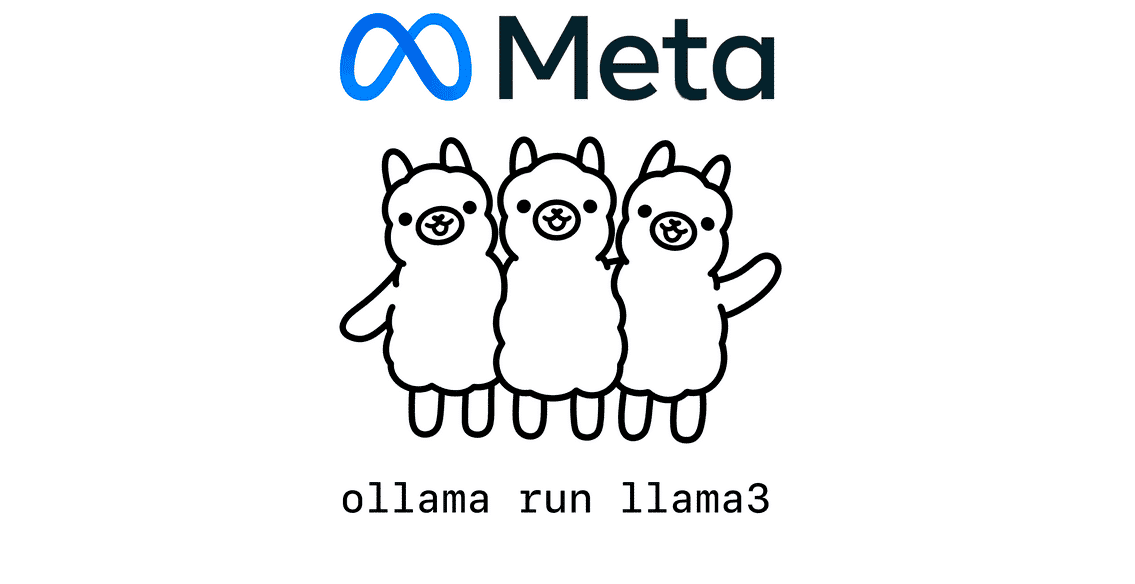Your Guide to the Best Strategies
The post Your Guide to the Best Strategies appeared on BitcoinEthereumNews.com. Introduction to Tether (USDT) Tether (USDT) is one of the most widely used stablecoins in the cryptocurrency market, designed to maintain a 1:1 peg with the US dollar. Its stability makes it a preferred option for traders and investors who wish to avoid the volatility of other cryptocurrencies like Bitcoin or Ethereum. USDT’s widespread acceptance across exchanges, wallets, and decentralized platforms makes it a versatile asset not only for trading but also for earning passive income through various financial instruments like savings accounts, decentralized finance (DeFi), and lending platforms. How to Earn Tether (USDT) Criffy serves as a comprehensive resource for identifying the best ways to earn Tether (USDT) through savings, DeFi, and lending strategies. In this guide, we will delve into each of these methods, highlighting specific examples and opportunities based on current market offerings to help you maximize your returns. USDT Savings Accounts Savings accounts offer a straightforward way to earn interest on your USDT holdings. These accounts typically allow you to deposit your USDT and earn a predetermined interest rate over time, with options ranging from flexible to fixed terms. OKX: OKX provides several savings options, including a high-yield plan with a flexible APY of 55.91%. This makes it an attractive option for users looking for significant returns without locking their funds for extended periods. OKX also offers other flexible options with APYs around 3.08% and 2.34%, making it suitable for different risk preferences. Bybit: Bybit has become notable for its extremely high short-term APYs. It offers a 1-day savings plan with a staggering 300% APY and even higher rates for slightly longer durations, such as 555% for a 3-day term and 525% for a 7-day term. These options can provide significant earnings, albeit with more considerable risk and market volatility. Bitrue: With a 7-day savings option…

The post Your Guide to the Best Strategies appeared on BitcoinEthereumNews.com.
Introduction to Tether (USDT) Tether (USDT) is one of the most widely used stablecoins in the cryptocurrency market, designed to maintain a 1:1 peg with the US dollar. Its stability makes it a preferred option for traders and investors who wish to avoid the volatility of other cryptocurrencies like Bitcoin or Ethereum. USDT’s widespread acceptance across exchanges, wallets, and decentralized platforms makes it a versatile asset not only for trading but also for earning passive income through various financial instruments like savings accounts, decentralized finance (DeFi), and lending platforms. How to Earn Tether (USDT) Criffy serves as a comprehensive resource for identifying the best ways to earn Tether (USDT) through savings, DeFi, and lending strategies. In this guide, we will delve into each of these methods, highlighting specific examples and opportunities based on current market offerings to help you maximize your returns. USDT Savings Accounts Savings accounts offer a straightforward way to earn interest on your USDT holdings. These accounts typically allow you to deposit your USDT and earn a predetermined interest rate over time, with options ranging from flexible to fixed terms. OKX: OKX provides several savings options, including a high-yield plan with a flexible APY of 55.91%. This makes it an attractive option for users looking for significant returns without locking their funds for extended periods. OKX also offers other flexible options with APYs around 3.08% and 2.34%, making it suitable for different risk preferences. Bybit: Bybit has become notable for its extremely high short-term APYs. It offers a 1-day savings plan with a staggering 300% APY and even higher rates for slightly longer durations, such as 555% for a 3-day term and 525% for a 7-day term. These options can provide significant earnings, albeit with more considerable risk and market volatility. Bitrue: With a 7-day savings option…
What's Your Reaction?








































.png)











































